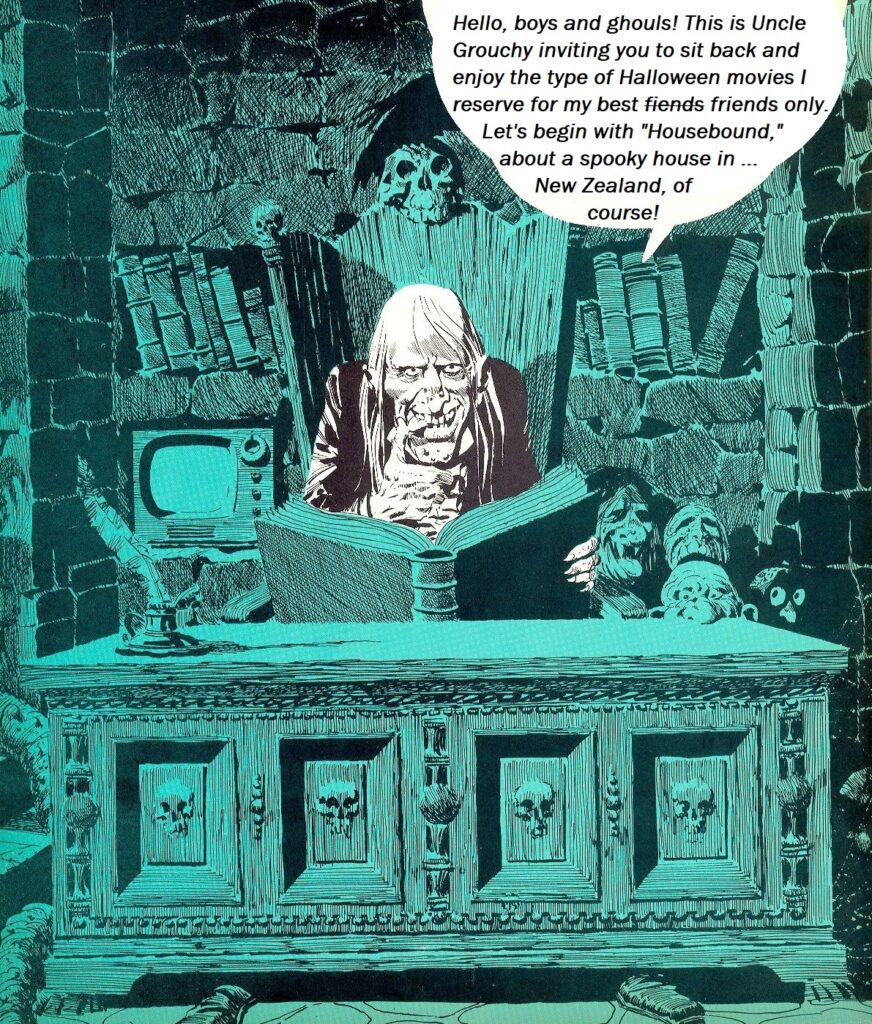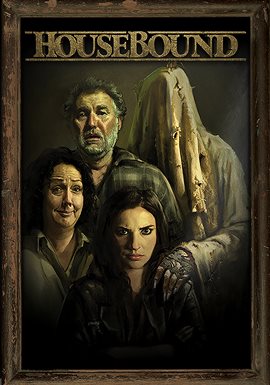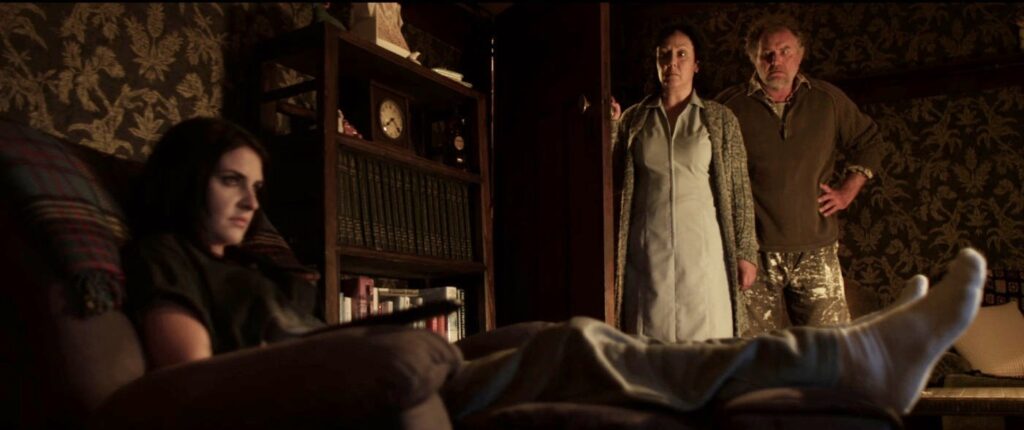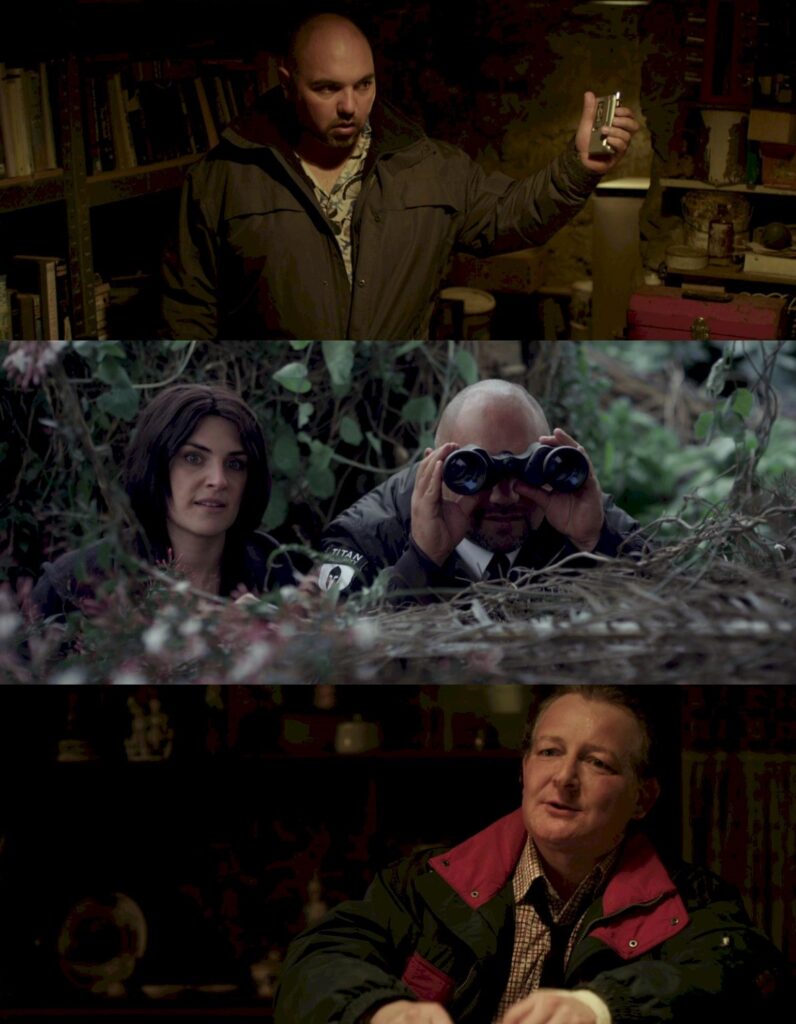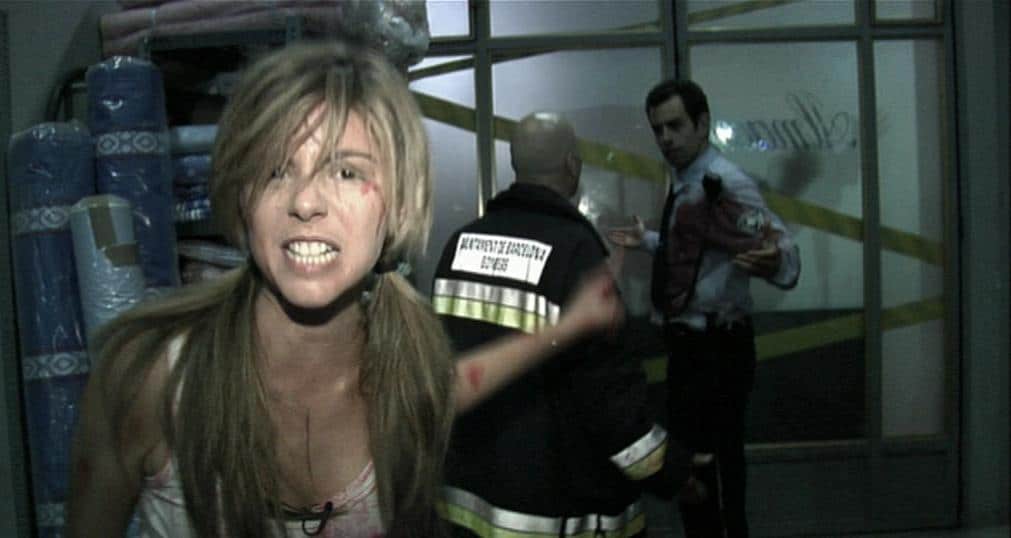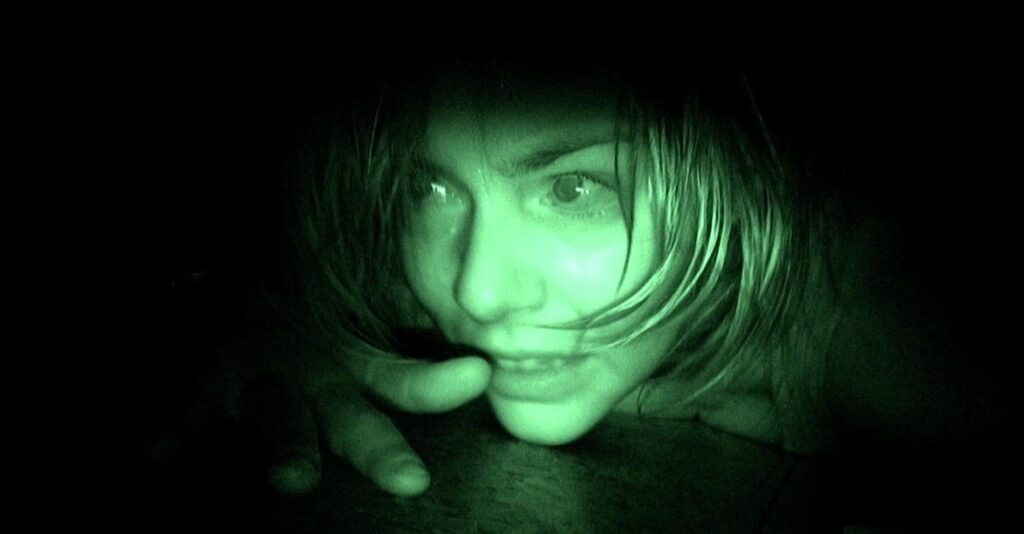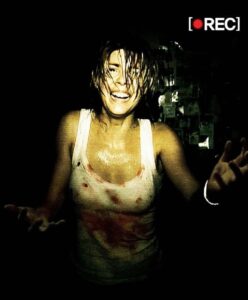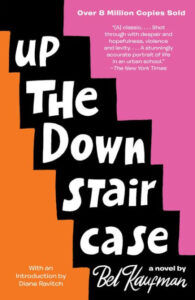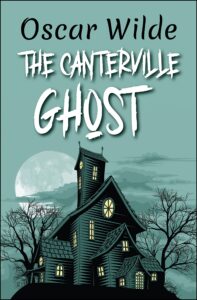Fair Play

Thinking about Oliver Stone’s masterful Wall Street (1987), it seems to me there were probably disparate audiences for his drama. Some viewers admired Gordon Gekko (“Greed is good!”), and others were horrified by the fate of poor Bud Fox, who wound up going to prison.
Fair Play, a drama set in the world of finance, targets the same two demos: people who salivate at the chauffeured limos and fancy meals available to Wall Street hotshots, and those who recoil from the human tradeoffs required to make it big in that profession.
Fair Play doesn’t shy away from those moral questions, but it adds a new wrinkle: gender politics. When analyst Emily gets a big promotion that her lover/coworker thought was his, their relationship is put to the test. To put it mildly. Should Emily “stand by her man,” or should she subscribe to the feminist mantra, “you can (and should) have it all, baby”? Release: 2023 Grade: B
Would I watch it again? Probably not. The movie is well made and provocative, but its unlikable leads and downer resolution make it a once-is-enough-for-me, thank you.
**
Up the Down Staircase
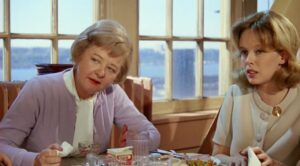
Within a month of each other in 1967, two high-school-themed movies opened in theaters. The films were To Sir, With Love, and Up the Down Staircase. Chances are, you recall the movie with a big star (Sidney Poitier) and a titular song that topped the charts. The other movie might or might not be familiar.
I prefer Up the Down Staircase, starring Sandy Dennis as a teacher at an inner-city school who must choose between a job at a cushy, wealthy school, or the unceasing challenges of life at Calvin Coolidge High School.
Sir and Staircase both tug at the heartstrings, and they deal with similar themes. But to me the latter film is more realistic, and far less sappy. Release: 1967 Grade: A-
Would I watch it again? I just did.
**
The Goldsmith
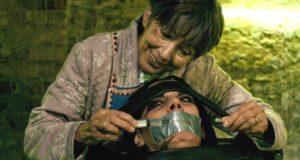
What I loved about 1974’s The Texas Chain Saw Massacre was its tone of demented glee. When young people encountered a crazed family in Texas, we didn’t need (or want) “backstory” explaining the lunatics’ twisted history. We already know there are crazies in the world. Just bring on the madness, please. Chain Saw did just that.
The Goldsmith, another young-people-versus-loonies story, bores us with action-halting exposition in which we learn why the baddies are so bad. Also, it doesn’t help that the protagonists, a trio of thieves out to rob an elderly couple, are so unpleasant. When the movie degenerates into all-out body horror, I didn’t care what happened to anyone.
Goldsmith, from Italy, is a lot like its American cousin, Don’t Breathe. In both movies, what begins as a suspenseful break-in story morphs into something else entirely — but not in a good way. Release: 2022 Grade: C-
Would I watch it again? No.
© 2010-2024 grouchyeditor.com (text only)







